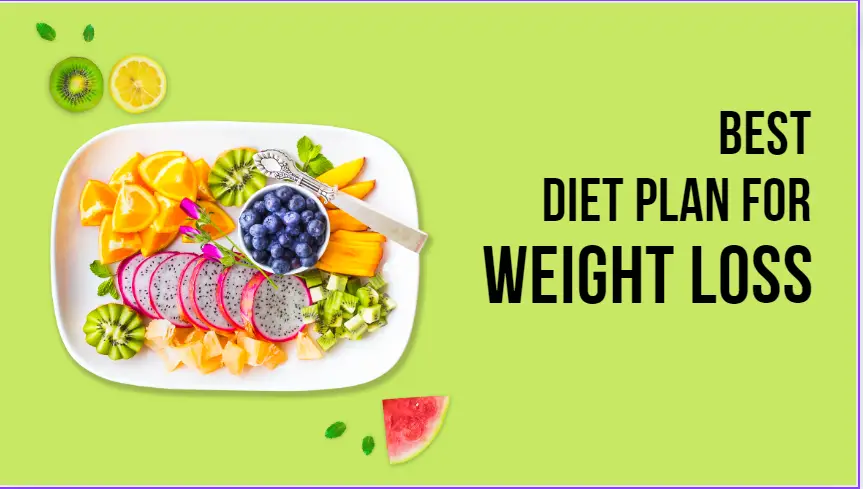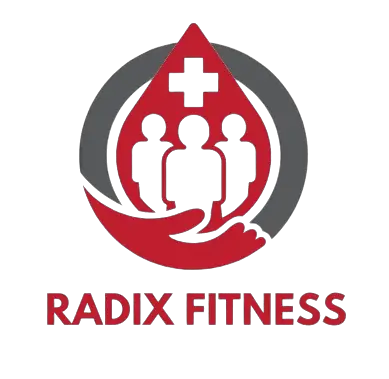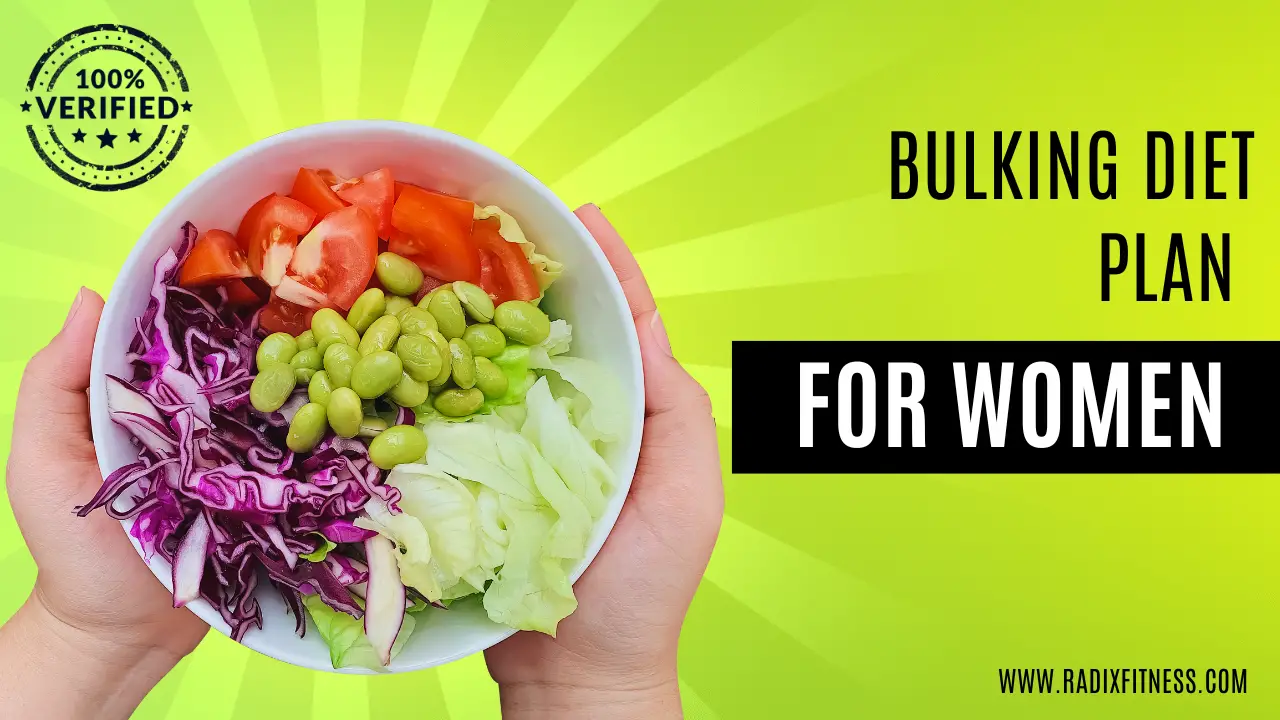Diet Plan for Women.
The Comprehensive Nutritional Strategy for Women’s Muscle Growth: Enhance the elbow joint with this all-encompassing dietary framework to provide you with essential nutrition knowledge for muscle mass increase. This approach is utilized by professional athletes and fitness leaders to effectively build muscle It is also validated by modern scientific studies as the most productive approach. This isn’t just theory; over the last decade, we’ve utilized these same dietary strategies to help over 3,000 naturally thin women gain muscle quickly and leanly.
Advance Bulking Diet Plan:

New diet programs frequently generate optimism, implying that they will outperform all prior accomplishments.
- The prospect of discovering an unparalleled answer is appealing. However, the majority of these cutting-edge techniques eventually show performance levels that are at least slightly inferior to the time-tested effectiveness of a traditional bulking diet. The bulking diet is based on decades of research, with slight tweaks made as needed.
- This dietary strategy is strongly ingrained in the bodybuilding culture, focusing on practices that have proven effective over time. Many muscle hypertrophy researchers are not only academics but also passionate about muscular development, merging scholarly knowledge with personal interests.
- This diet is based on actual experience and closely mirrors athletes’ nutritional regimens, offering a framework of tradition and research to consider. Most athletes, including women, benefit from greater strength and muscle mass.
It is certainly possible that a unique strategy for improving conventional bulking methods has arisen. This nutritional regimen has not been fixed; rather, it has been enhanced and refined throughout time. Each of these achievements was innovative at the time. Typically, these changes are modest, yielding small improvements. However, when a number of tiny improvements are combined, the whole process becomes substantially more effective. According to the current studies, this is the most effective bulking diet for women.
A successful bulking strategy depends mostly on maintaining a caloric surplus for women:
What is the Optimal Weight Gain Rate for Women During the Bulking Phase?
Bulking requires a calorie surplus. This excess is especially important for women looking to gain weight, improve their body form, and grow muscle properly. However, what constitutes a reasonable calorie surplus for women, and what weight gain rate should they aim for? According to systematic research, women should gain between 0.5 and 1 pound of weight per week in order to achieve relatively rapid muscle development while remaining slim.
Furthermore, research shows that slim persons who are new to weight training may acquire muscle even faster, muscle gains may result in a weight rise of 1 to 2 pounds per week with minimal fat formation. This insight is typically supported by our experiences supporting members with their bulking efforts. Women’s muscle growth slows as they reach their genetic limits. Intermediate female lifters who have previously gained 10 pounds should strive for a weekly gain of 0.25 to 0.5 pounds. It is worth noting that certain research indicates that expert bodybuilders can obtain faster muscle growth by accelerating weight gain.
However, this quick gain frequently leads to a disproportionate rise in body fat, which is referred to as the ratio of muscle to fat. Most of the time, especially for women, the advantages of faster muscle building are not worth the possible disadvantages. Furthermore, for every study that favors gaining weight more quickly, there is another that shows how men and women who try to gain weight more quickly run the risk of gaining too much fat. Striking a balance between minimum fat gain and quick muscle building should be the aim.
Calorie tracking:
You may estimate the number of calories required for weight increase by taking into account your body weight and level of activity. Multiplying your weight in pounds by 18 to 22 is a typical method. The majority of thin ladies who want to bulk can fit into this category. A lady weighing 120 pounds, for example, would need between 2,150 and 2,650 calories per day. Leaning toward the lower end of this spectrum will help you acquire muscle more quickly, but it is best to lean toward the upper end to achieve leaner gains. This approach works especially well for people who like to keep a close eye on their food intake.
Incremental Caloric Addition:
An extra around 250 calories per day are required to gain half a pound per week. Ladies who uphold a meal plan can efficiently use this excess by incorporating just 250 calories into their regular intake. Even if you are feeling really full, you still need to eat at regular intervals. This approach is especially appropriate for people who would to follow a set mealtime schedule. But it might not be the best option for ladies who like a wide variety of foods and variable daily calorie intake.
Raising Meal Portions

Raising meal sizes by 10% to 15% can efficiently produce a caloric surplus for individuals who would rather not concentrate on precise calorie counts. The best candidates for this strategy are those whose diets are somewhat consistent from day to day
What is the Appropriate Amount of Protein That Women Should Consume When Bulking?
A common rule of thumb is to eat about 1 gram of protein for every pound of body weight when trying to gain muscle mass.
For example, the goal would be about 120 grams of protein per day for a person weighing 120 pounds. This process is usually aided by nutrition labels, which provide the amount of protein in each meal. As an alternative, one can measure their food and find out how much protein it contains by using a food scale.
- Although the recommended daily intake of 1 gram of protein per pound of body weight is a good starting point, a 2019 comprehensive review found that even lower daily intakes of up to 0.7 grams of protein per pound of body weight may be equally beneficial. Furthermore, studies conducted under the direction of Dr. Jose Antonio have shown that extremely high-protein diets are not always superior to moderate-protein diets in terms of muscle development.
- The distribution of protein intake throughout the day seems to be an important determinant. According to the 2019 comprehensive review, eating three to six meals a day with at least 20 grams of protein each may help with muscle growth and support a leaner body type. As such, during a bulking phase, intermittent fasting is generally not recommended. Some women may have negative mood effects from this eating regimen.
While some people find success with intermittent fasting, a more regular distribution of proteins is usually more advantageous for building muscle. Moreover, sporadic fasting may reduce appetite, which makes it difficult to consume enough calories to gain weight—especially for people who are naturally thin.
The second question concerns the kind of protein that people thought to eat. Luckily, it doesn’t seem to matter too much whatever source it is. Sources of protein include the following:
- Eggs
- Dairy
- Poultry
- red meat
shellfish
The Case for Using Simple Carbs While Bulking
Many women who are starting a bulking diet for the first time tend to get all of their carbohydrates from “healthy” sources like veggies, whole grains, lentils, and oats. Although these meals are high in nutrients, ingesting them in excess might cause digestive problems such as bloating, discomfort in the stomach, and other gastrointestinal disturbances.
White rice is more readily digested, which is why bodybuilders are frequently linked to eating large servings of the grain. Additionally, there aren’t any notable disadvantages to
Many women who are starting a bulking diet for the first time have a tendency to get all of their carbohydrates from “healthy” sources like veggies, whole grains, lentils, and oats. Although these meals are high in nutrients, ingesting them in excess might cause digestive problems such as bloating, discomfort in the stomach, and other gastrointestinal disturbances.
White rice is more readily digested, which is why bodybuilders are frequently linked to eating large servings of the grain. Moreover, consuming simple carbs has no major disadvantages because they can efficiently promote the development of lean muscle mass quickly. The secret is to include white rice in a diet together with other foods that are high in fiber, vitamins, and minerals.
Summary
In conclusion, there are a few important things to think about
- A sufficient number of calories must be consumed in order to acquire weight. If you are a female novice or an early intermediate who wants to bulk out, aim for a weekly rise of 0.25 to 0.5 pounds. Over time, any weight gain no matter how slow will contribute to advancement. An extra intake of roughly 250 calories per day is advised to help with this. Nevertheless, if there isn’t any weight gain, you need to consume more calories. Generally speaking, if weight gain stops for longer than two weeks, you should increase your intake by 100 to 200 calories.
- A sufficient intake of protein is essential for the development of muscle. One gram is the target.
- Thus, it’s crucial to have a balanced diet. Whole grains, legumes, and veggies are crucial, but if you struggle to acquire more carbohydrates in your diet, try adding simple carbs like white rice, starchy fruits like bananas, and fruit juices. This strategy is especially important for taking carbs before working out, as choosing quickly absorbed varieties can help minimize any pain experienced throughout the workout.
- The role of carbohydrates is advantageous. Although you can still gain muscle without carbs, it will be easier if you consume more of them. It is not necessary to monitor carbohydrate intake closely, but it is normally best to get approximately 50% of total calories from carbohydrates in order to grow muscle, improve performance during exercise, and keep muscles feeling full. Including simple-to-digest carbs,
- Give entire foods priority while taking individual preferences into account. Eating a diet high in minimally processed foods is the most efficient way to gain muscle in a healthy and efficient manner. Whole-grain bread, yogurt, white rice, raw honey, and whey protein are some examples of these foods. Achieving perfection is not necessary given the amount of food consumed, and getting enough fiber and nutrients shouldn’t be difficult.
A useful rule of thumb is to try to consume no more than 20% of your diet from junk food and at least 80% from minimally processed whole foods (such as meats, fruits, vegetables, and dairy products, especially fermented ones).

